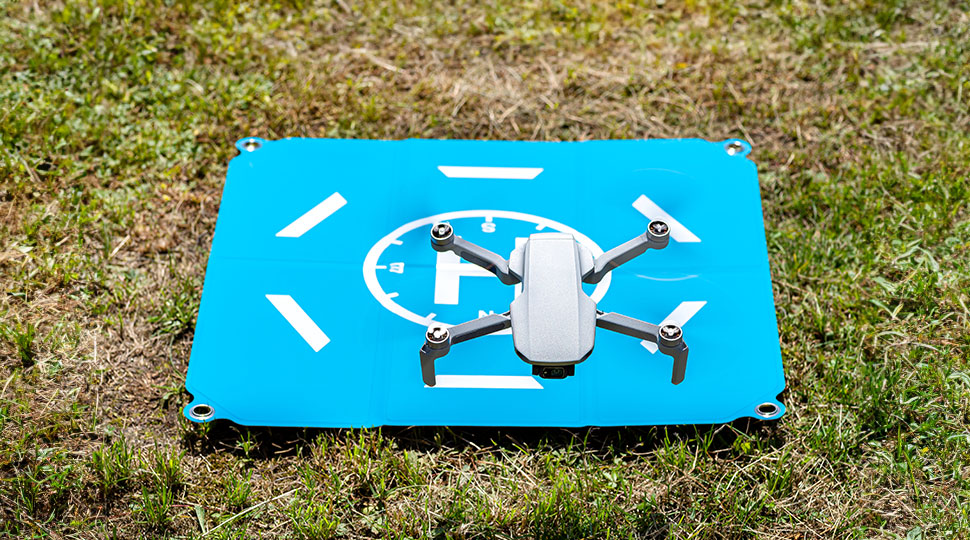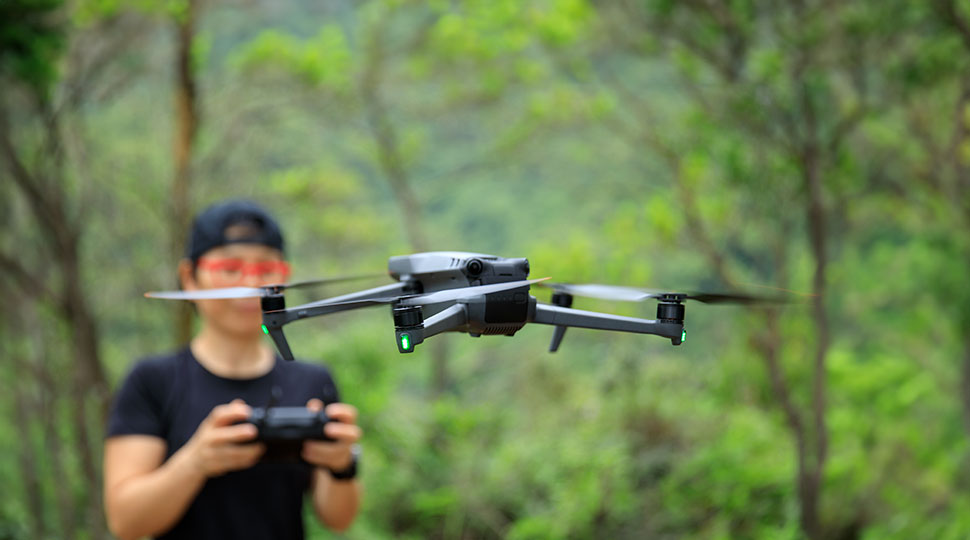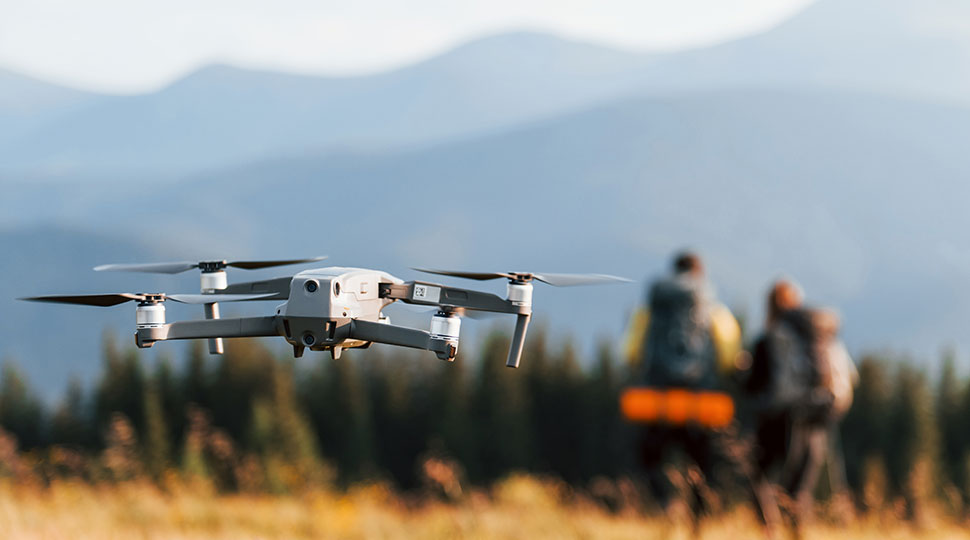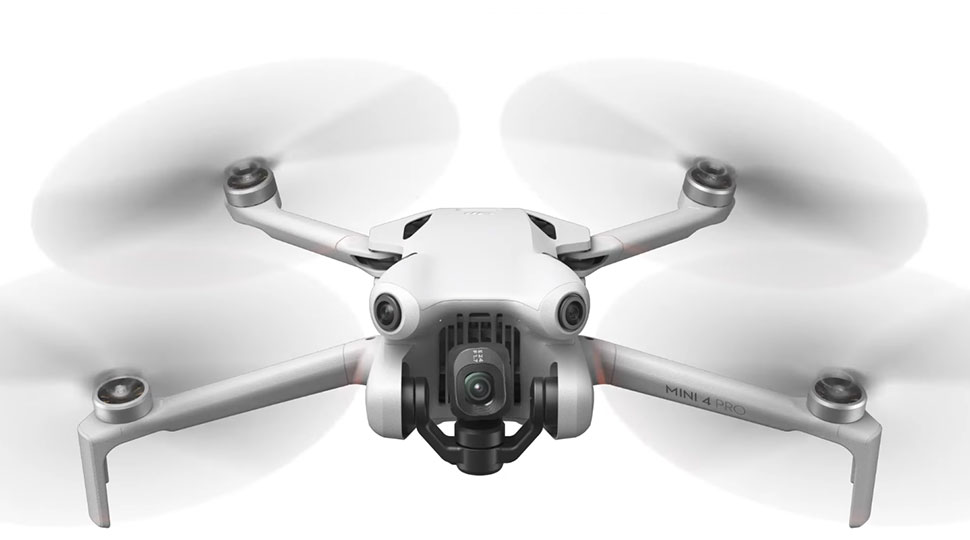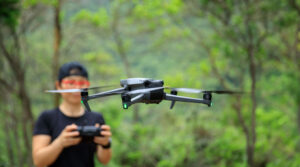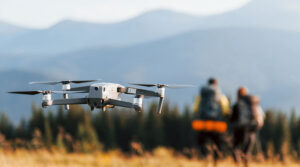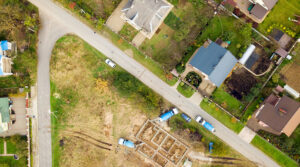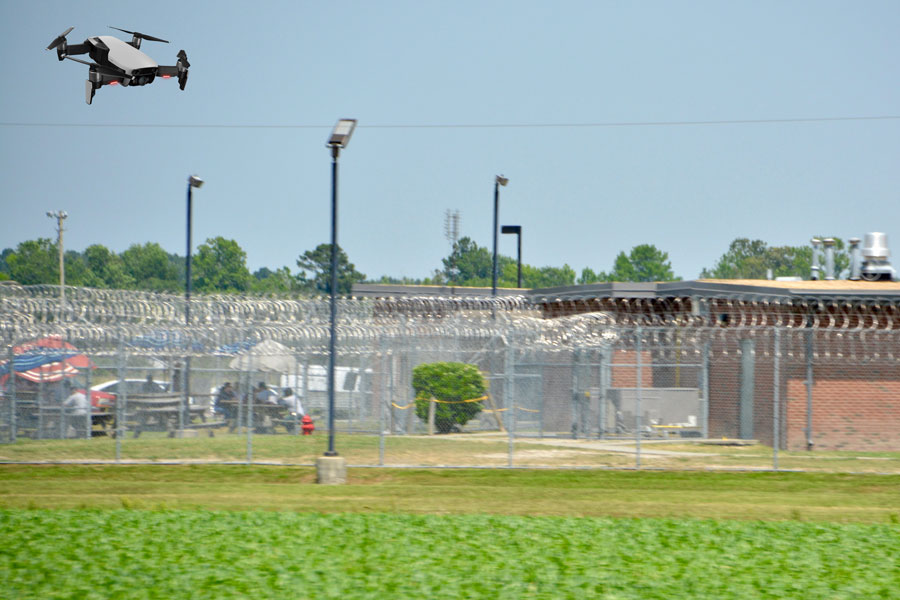
In recent years, drones or Unmanned Aerial Vehicles (UAVs) have emerged as a popular technology for a wide range of applications, including photography, agriculture, delivering packages, and even dropping contraband into public gatherings.
However, as the usage of drones becomes more widespread, there is a growing concern about the potential for these devices to be used for nefarious purposes, such as dropping contraband into public gatherings.
Get the latest articles in your inbox fresh and ready to read …
Get the New To Drones "All Access Pass"
All Access Pass members enjoy unlimited access to entire articles – 100% FREE
By signing up you agree to our Terms of Service and Privacy Policy. You also agree to receive our newsletters (you can easily and quickly opt-out at any time).
You will receive free access to all of our articles while you are a member of the site.
The Potential Risk to Public Gatherings
Increase in Drone Usage and Accessibility
A significant factor contributing to the heightened risk of contraband-dropping drones at public events is the exponential growth in drone usage and their increased accessibility. Over the past few years, drone technology has witnessed rapid advancements, making these devices more sophisticated, user-friendly, and affordable than ever before. This has led to a surge in the number of individuals and organizations that possess and operate Unmanned Aerial Vehicles (UAVs) for a wide range of applications, from aerial photography and recreational purposes to commercial and industrial use.
As a result of this widespread availability, drones have become increasingly accessible to the general public. This accessibility has been further facilitated by the emergence of numerous online and offline retailers offering a plethora of drone models catering to various budgets and requirements, thus making it easier for individuals to acquire UAVs.
While the increased use of drones has undoubtedly brought about numerous benefits and opportunities, it has also given rise to several challenges and potential threats, particularly in the context of public safety and security. One such concern is the possibility of drones being utilized to carry out illegal activities, including the transportation and dropping of contraband at public gatherings.
The inherent anonymity offered by drones, coupled with their ability to navigate through restricted spaces and avoid detection, makes them an attractive tool for individuals or groups with malicious intent. These individuals can exploit drone technology to bypass conventional security measures and deliver contraband, such as drugs or weapons, to specific locations within a public event, thereby posing a significant risk to the safety and well-being of the attendees.
Moreover, the ease of acquiring drones and the lack of stringent regulations governing their usage in many jurisdictions further exacerbate this issue, as individuals with nefarious intentions can easily gain access to these devices without arousing suspicion or facing legal consequences.
Potential for Terrorist Activity with Contraband Dropping Drones
In recent years, the advancement and proliferation of drone technology have opened up a new avenue for potential terrorist activity. The use of drones for dropping contraband items, such as drugs or weapons, has been reported in several instances, particularly in prison environments. This growing trend raises alarming concerns about the possibility of terrorist organizations exploiting this method to deliver hazardous items to large groups of people gathered in public spaces like concerts, sporting events, or political rallies.
Drones have become increasingly popular in various sectors due to their versatility and affordability, making them readily accessible to individuals and groups with malicious intent. They can be easily purchased online and in stores, and with minimal technical know-how, can be modified to carry payloads and perform specific tasks. This ease of access and adaptability are what make drones such an attractive tool for criminal and terrorist activities.
A number of cases involving drones dropping contraband into prisons have been reported worldwide. In these instances, drones have been used to smuggle drugs, weapons, and other illicit items over prison walls, bypassing traditional security measures. This not only poses a significant threat to the safety and security of prison staff and inmates but also serves as a stark reminder of the potential danger that drones pose to the general public.
The possibility of terrorist organizations utilizing drones to deliver harmful items to crowded public spaces is a real concern. Drones can be flown remotely at low altitudes, making them difficult to detect and intercept, and can also be programmed to follow specific GPS coordinates. This level of precision and stealth could enable terrorists to deliver weapons, explosives, or even chemical or biological agents to a target location without arousing suspicion or putting themselves in harm’s way.
In addition to the risk posed by contraband dropping drones, there is also the potential for terrorists to use drones as a weapon themselves. The drones could be rigged with explosives and flown directly into a crowd or building, causing significant damage and loss of life. This tactic has already been employed by terrorist groups in conflict zones, and there is growing concern that these methods could be adapted for use in attacks on civilian populations.
To mitigate the risk of terrorist activity involving drones, law enforcement and security agencies must employ a multi-faceted approach. This includes developing and implementing counter-drone measures, such as early warning systems, drone detection and tracking technologies, and systems for disabling or intercepting rogue drones. Additionally, legal frameworks and regulations must be established to govern the sale, purchase, and use of drones, and efforts must be made to educate the public about the potential security threats posed by drones.
Security Concerns When Dealing with Unmanned Aerial Vehicles (UAVs)
The rapid advancements in drone technology have led to an increase in the presence of Unmanned Aerial Vehicles (UAVs) in various public events and gatherings. While drones offer numerous benefits, such as aerial photography and videography, their presence also raises significant security concerns for law enforcement agencies and event organizers. The difficulty in detecting and preventing the use of drones, coupled with the challenge of identifying and tracking UAVs in the air, makes it imperative to develop effective security measures to address these concerns.
Traditional security measures, such as metal detectors and bag checks, have proven to be ineffective in detecting or preventing the use of drones in public events. These methods are primarily designed to screen individuals for concealed weapons, explosives, and other dangerous items. However, drones can be easily transported and assembled outside the event location, making it virtually impossible to detect them using conventional security measures.
Moreover, even if a drone is detected, it can be challenging for security personnel to determine the intentions of the operator. While some drone users might be using the UAV for legitimate purposes, such as capturing aerial footage of the event, others might have malicious intentions, such as conducting surveillance, disrupting the event, or even carrying out an attack. This ambiguity further complicates the task of securing public gatherings from potential drone-related threats.
Another challenge that arises while dealing with UAVs in public gatherings is the difficulty in identifying and tracking drones in the air. Drones can be quite small, and when they are flying at high altitudes or among large crowds, it becomes extremely difficult for security personnel to visually spot and track them. Furthermore, drones can be equipped with advanced features, such as GPS navigation and autonomous flight capabilities, which enable them to fly in a stealthy manner, evading detection by security forces.
In addition to the challenges posed by the physical appearance and capabilities of drones, the regulatory environment surrounding the use of UAVs also contributes to the security concerns. In many countries, drone regulations are still evolving, and there is often a lack of clarity regarding the legal framework governing their use. This ambiguity can create loopholes that can be exploited by individuals with malicious intent, who can potentially use drones to carry out illegal activities without facing significant legal repercussions.
To address the growing security concerns related to UAVs in public gatherings, it is essential for law enforcement agencies, event organizers, and policymakers to collaborate and develop a comprehensive strategy that includes a combination of technological, regulatory, and educational measures. For instance, the deployment of advanced drone detection and countermeasure systems, such as radio frequency jammers and drone capture nets, can help enhance security forces’ ability to detect and neutralize rogue drones. At the same time, refining and enforcing drone regulations, and raising public awareness about responsible drone usage, can also play a crucial role in mitigating the security risks associated with UAVs in public events.
Possible Solutions to Prevent Contraband Dropping from UAVs at Public Gatherings
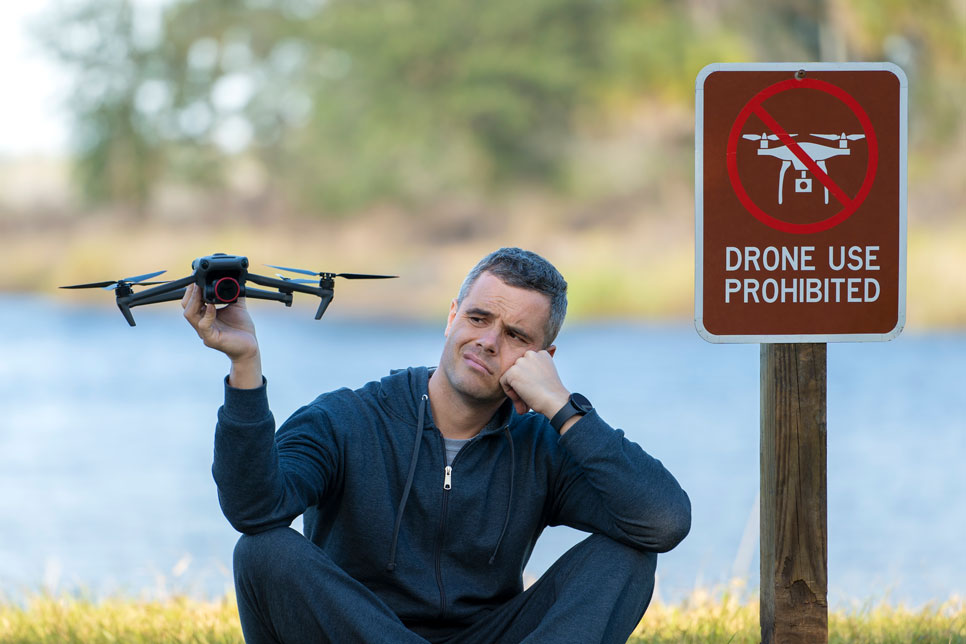
Advanced Drone Detection Technology Systems
A highly effective solution to prevent the dropping of contraband from drones during public events is the creation and implementation of cutting-edge drone detection technology systems.
These technologically sophisticated systems are specifically designed to accurately detect, identify, and track the presence of unmanned aerial vehicles (UAVs) in the surrounding airspace. By utilizing these advanced systems, security personnel can effectively monitor any drone activity and rapidly respond to potential threats, thereby ensuring the safety and security of those attending the event. Moreover, some drone detection technology systems are equipped with the capability to pinpoint the operator of a drone, which significantly aids law enforcement officers in locating and apprehending individuals who are utilizing UAVs for illicit purposes.
In addition to their primary function of detecting and tracking drones, advanced drone detection technology systems can also be integrated with other security measures, such as surveillance cameras, access control systems, and communication networks. This integration allows for a comprehensive and coordinated response to any potential threats posed by drones, ensuring that all aspects of event security are working in concert to protect attendees and prevent the occurrence of illegal activities.
The development of these state-of-the-art drone detection technology systems has been driven by the increasing prevalence of drones in both commercial and recreational applications, as well as the growing recognition of the potential security risks associated with their use. As drone technology continues to evolve and become more widely available, it is essential that security measures keep pace with these advancements. By investing in advanced drone detection technology systems and incorporating them into the security infrastructure of public events, organizers can effectively mitigate the risk of contraband dropping drones and provide a safe and enjoyable environment for attendees.
Advanced drone detection technology systems offer a promising solution to the problem of contraband dropping drones at public gatherings. By detecting, identifying, and tracking UAVs in the surrounding airspace, these systems enable security personnel to monitor and respond to potential threats effectively. Furthermore, the ability of some drone detection systems to identify the operator of a drone greatly assists law enforcement in apprehending individuals engaged in illegal activities using UAVs. As drone technology continues to advance and become more widespread, the importance of implementing cutting-edge drone detection technology systems at public events cannot be overstated.
Strict Regulations on Drone Use in Crowded Areas
One viable approach to mitigating the risk posed by contraband dropping drones at public events is to enforce stringent regulations on the operation of drones in densely populated areas. A considerable number of nations have already put into effect a variety of laws and regulations that govern the utilization of drones in public domains. These legal constraints typically encompass prohibitions on piloting Unmanned Aerial Vehicles (UAVs) in close proximity to airports, governmental premises, or other high-security locations, as these are deemed sensitive and vulnerable to potential threats.
In order to extend the scope of these regulatory measures, it would be beneficial for authorities to broaden the coverage of these rules to encompass public gatherings, ranging from concerts and sporting events to demonstrations and festivals. The inclusion of these populous events would provide a more comprehensive protective framework aimed at minimizing the likelihood of contraband dropping drones causing harm or disruption.
To effectively implement these expanded regulations, it would be necessary for authorities to collaborate with event organizers, drone manufacturers, and the general public. This collaborative effort would involve raising awareness of the revised regulations, ensuring that drone operators are fully informed of the updated restrictions and the potential consequences of non-compliance. In addition, it would be crucial for law enforcement agencies to be adequately trained and equipped to enforce these regulations, including the ability to detect and intercept drones that breach the established restrictions.
Moreover, it may be beneficial to introduce licensing requirements for drone operators who wish to fly their UAVs in crowded areas or during public events. This would provide an additional layer of security, ensuring that only responsible and qualified individuals are granted permission to operate drones in such circumstances. As part of this licensing process, drone operators could be required to complete training courses or pass exams that test their knowledge of the relevant regulations and their ability to safely navigate their UAVs in challenging environments.
The implementation of strict regulations on drone use in crowded areas, combined with effective enforcement and increased public awareness, can serve as a powerful tool in reducing the risk of contraband dropping drones at public gatherings. By broadening the scope of existing regulations and fostering collaboration between various stakeholders, authorities can enhance the safety and security of public events and minimize the potential for harm caused by irresponsible drone usage.
Cleared for Takeoff
As the usage of drones continues to increase, so too does the potential risk of contraband dropping drones at public gatherings. This growing threat poses significant challenges for security personnel and event organizers, who must adapt to the presence of UAVs in the airspace surrounding their events.
By implementing advanced drone detection technology systems and strict regulations on drone use in crowded areas, it is possible to mitigate the risk of contraband dropping drones and ensure the safety and security of public gatherings for all attendees.

